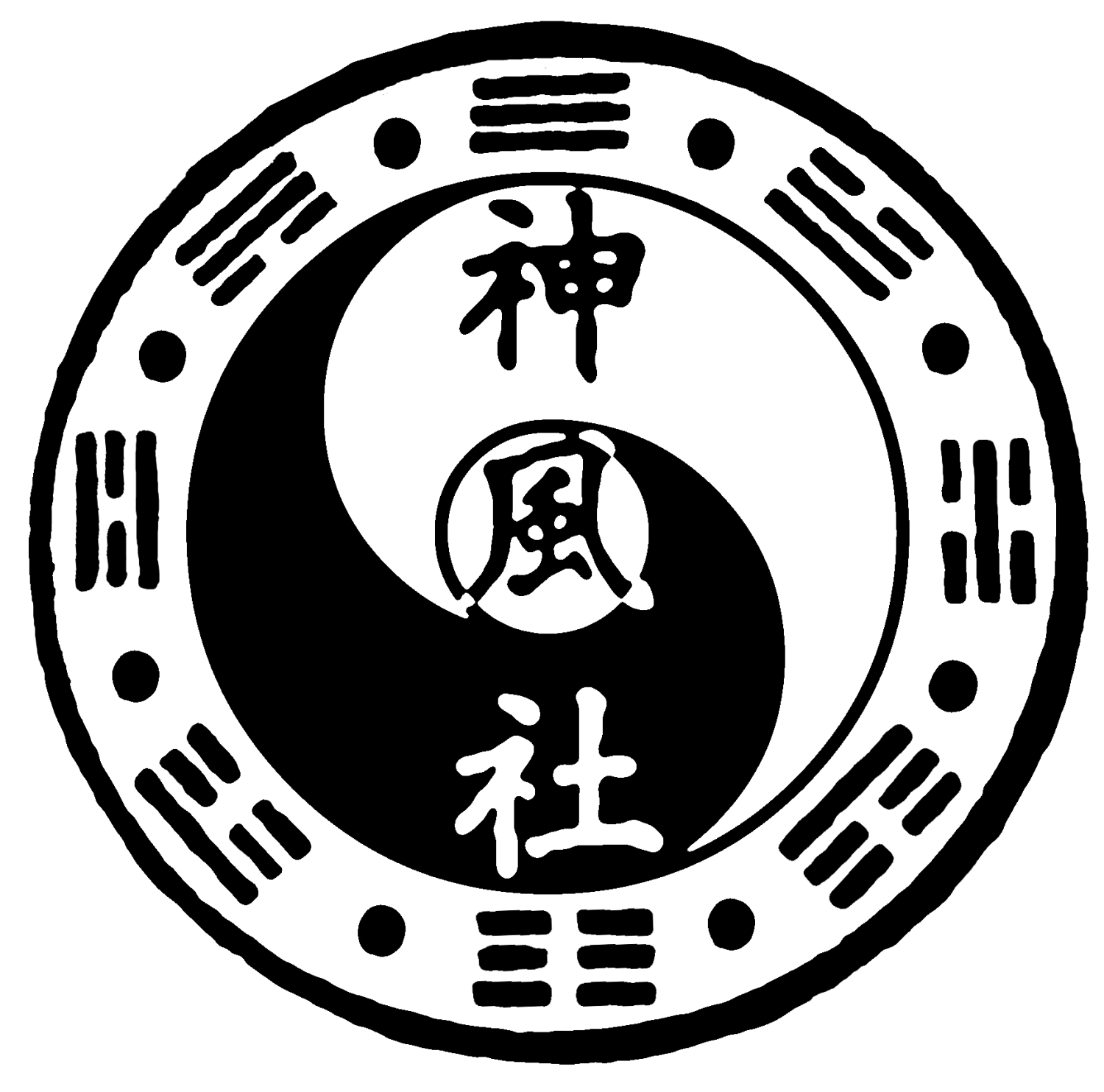Acupuncture as well as most of ancient Chinese philosophy dates back to the Immortals and the age of the five rulers. Fu si (2953 BC) was the legendary creator of the Pa Kua or eight diagrams of the I Ching. After him came Shen Nung (2838 – 2698 BC) who was known as “The Father Of Medicine”. He is also responsible for the development of agriculture, and attributed with the Ben Cao Ching, one of the oldest categorizations of herbs, 365 herbs, minerals, animals, and foods, separated into upper, middle, and lower class. After Shen Nung came Huang Di (2698 – 2598), the Yellow Emperor. He is attributed with one of the oldest medical texts that is still in full use today, the Huang Di Ni Ching. This text contains detailed information on the theory , and practical application of all of Traditional Chinese Medicine, from what causes illness and diagnosis, to herbs, and acupuncture techniques. Many scholars believe that it was actually written in the Chou Dynasty (1165 – 249 BC), but these practices were already well developed by his time. Huang Di is also attributed as being the first human to attain Immortality, thus a forerunner of the Taoists.
The Acupuncture meridians were discovered by sages who in deep meditative states wee aware of the subtle energy that flows through the body we call chi. They observed how it moved through certain pathways, where it was more focused and spilled into the surrounding areas, and that it moved in specific directions and patterns. From this they furthered refined specific points where energy accumulated and stagnated originally called Ah Shi , or “Ouch points”. These were mapped out on the body to create a network of meridians, and points.
